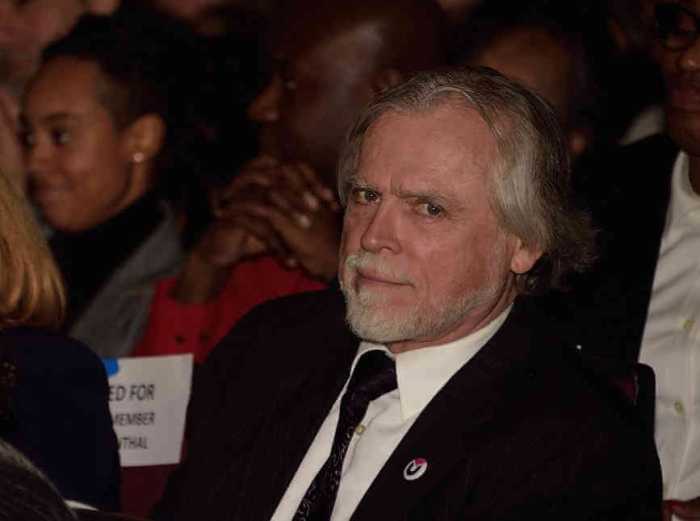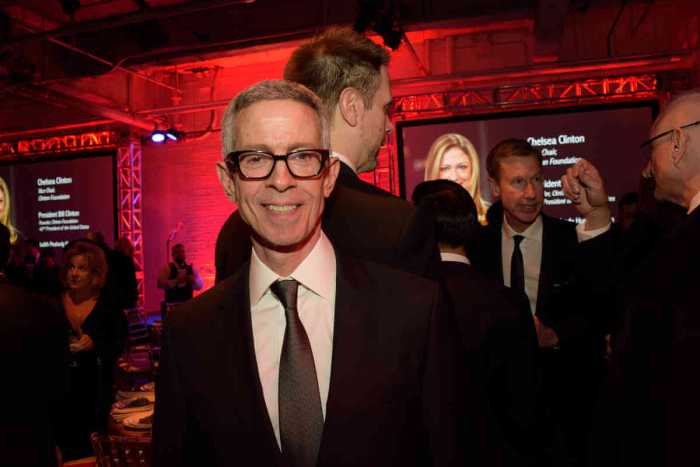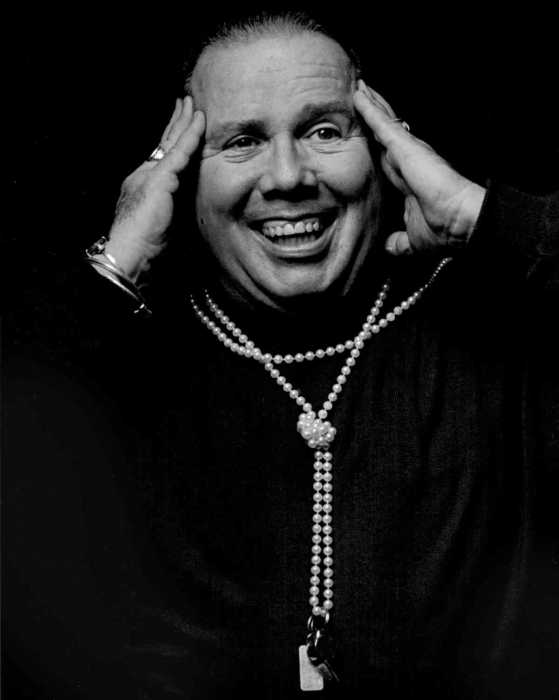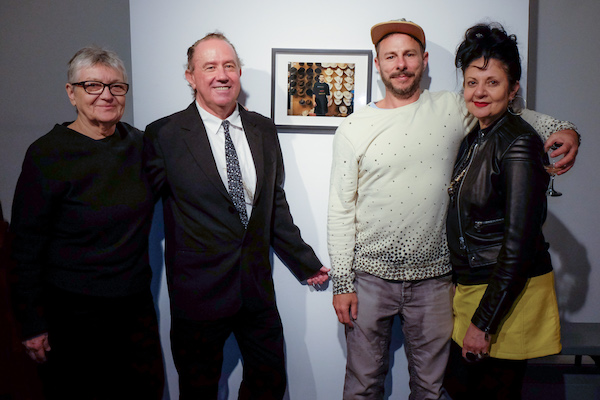Mayor Bill de Blasio, at a World AIDS Day event at Harlem's Apollo Theater, explicitly endorses Governor Andrew Cuomo's plan to end AIDS by 2020. | DONNA ACETO
While New York City’s health department is reporting that new HIV diagnoses in 2013 were at the lowest level seen since the city began tracking such diagnoses in 2001, the diagnoses among gay and bisexual men remain stubbornly high.
“What we’re seeing among men who have sex with men, we see year over year, we see very slight declines, but unfortunately we’ve not gotten to the point where we can conclude and be excited about the fact that rates of HIV infection among young gay men particularly are declining,” said Dr. Jay Varma, deputy commissioner for disease control at the city’s Department of Health and Mental Hygiene, at a World AIDS Day event at the Apollo Theater in Harlem. “We haven’t seen increases, which is success, I guess, compared to the rest of the country, but it’s not what we would define as success.”
There were 2,832 new HIV diagnoses citywide in 2013 compared to 3,141 in 2012 and 5,852 in 2001. With the exception of men who have sex with men, the city has seen declines in new HIV diagnoses among all groups, with substantial fall-off among injecting drug users. The success among injectors is attributed to the distribution of clean needles.
“We have seen year over year declines in HIV diagnoses rates and we also have changes for individual subgroups,” Varma said. “For certain groups, we are seeing statistically significant declines.”
With 1,609 of the 2013 HIV diagnoses, gay and bisexual men accounted for nearly 57 percent of the 2013 diagnoses. In 2012, that population accounted for just under 55 percent of the diagnoses, at 1,719 new diagnoses. In 2013, the next closest group was new diagnoses in people with an “unknown” risk factor. There were 612 new diagnoses in that group, accounting for just under 22 percent of the 2013 diagnoses. Heterosexual sex accounted for just over 18 percent of the new diagnoses in 2013, at 520 diagnoses. Injection drug use and men who have sex with men who are drug injectors contributed fewer than 50 new diagnoses each.
In 2013, there were 2,280 new HIV diagnoses among men, and gay and bisexual men accounted for 70 percent of those at 1,609 new diagnoses. There were 874 new diagnoses among African American men and 785 such diagnoses among Latino men. The 898 new diagnoses among 20- to 29-year-olds accounted for just over 39 percent of the new cases, followed by 535 new diagnoses among 30- to 39-year-olds at 23.5 percent.
The city’s semi-annual report on HIV epidemiology was released on World AIDS Day. While earlier World AIDS Day events have been somber remembrances, the December 1 event held at the Apollo was a pep rally for the state plan to end AIDS, an ambitious proposal by Governor Andrew Cuomo to use anti-HIV drugs and other interventions to reduce the number of new HIV infections in New York from its current 3,400 a year to 750 by 2020.
A participant in the December 1 event at the Apollo Theater. | DONNA ACETO
AIDS groups, notably Housing Works and the Treatment Action Group, first championed the plan. New York City contributes most of the new infections in the state so the city’s participation is central to the plan’s success.
Mayor Bill de Blasio spoke at the event. While he has tacitly endorsed the plan to end AIDS previously, he was explicit at the Apollo.
“Hope will never be silent, and that’s what you’ve all proven,” de Blasio said. “And your voices have reached Albany and I commend Governor Cuomo for last June setting the goal of ending the AIDS epidemic by 2020. And the task force is being put together to achieve this. And I want to thank so many of you who are part of that effort because this is the kind of goal that galvanizes us. And we will be working with community leaders. We will be working with health care professionals –– everyone who has something to offer in that fight to achieve that goal.”
Cuomo appointed an unwieldy 63-member task force to draft the plan. It will complete its work by the end of January so its recommendations can be incorporated in the next state budget. New York’s fiscal year begins on April 1.




































